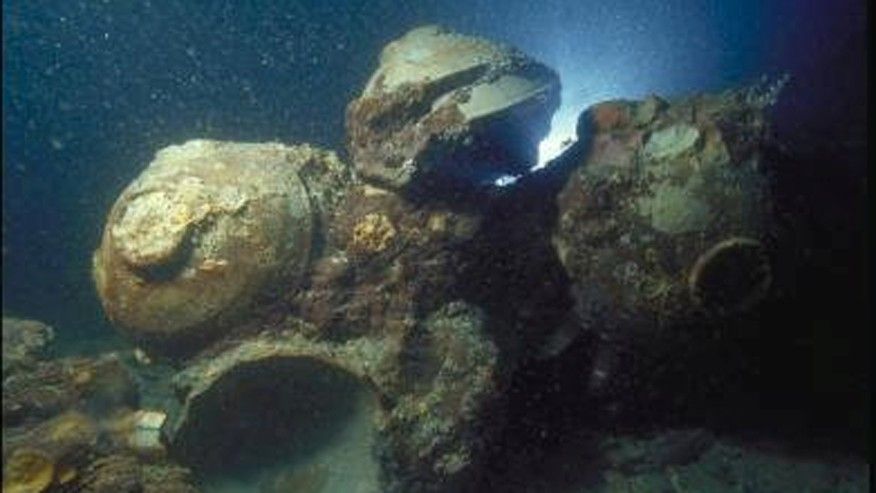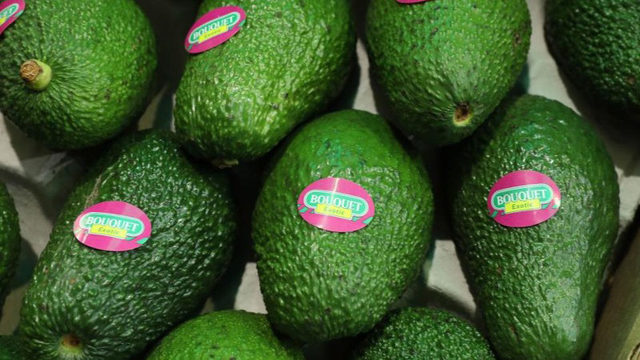
‘Made in China’ label helps archaeologists solve 800-year-old mystery shipwreck.
Hundreds of years ago, a ship carrying thousands of ceramics and luxury goods sank off of Indonesia’s Java coast. Its wooden hull disintegrated over the years, leaving a “treasure trove of cargo” exposed for fishermen to discover the wreckage 26 meters (85-feet) below sea level in the 1980s.
Over the next three decades, archaeologists have been trying to piece together the ship’s history by studying retrieved artifacts. An initial investigation in the 1990s dated the shipwreck to the mid-13th century. However, it wasn’t until recently researchers uncovered a surprising clue. Copied on the bottom of one of the ceramic pieces is inscribed the equivalent of a “Made in China” sticker.
“Eight hundred years ago, someone put a label on these ceramics that essentially says ‘Made in China’ – because of the particular place mentioned, we’re able to date this shipwreck better,” said the study’s lead other Lisa Niziolek in a statement.
The inscriptions indicate the ceramic pieces may have been made in a Chinese government district named Jianning Fu. After the Mongols invaded in 1278, the area was renamed Jianning Lu – a subtlety that means the shipwreck may have occurred earlier in the century and perhaps as early as 1162.
Niziolek says it’s unlikely the ship would have been carrying ceramics outdated by the earlier Fu name.
“There were probably about a hundred thousand pieces of ceramics onboard. It seems unlikely a merchant would have paid to store those for long prior to shipment – they were probably made not long before the ship sank,” she said.
The ship’s bounty held other clues about its past as well. Along with the ceramics, the team uncovered elephant tusks, probably used in medicine or art, and sweet-smelling resin for incense or caulking ships. Because both of these products come from living things, they contain a type of unstable carbon atom called C-14 that decays steadily over time. Scientists are able to analyze the amount of carbon leftover to date the goods by way of radiocarbon dating. Previous radiocarbon dating indicated the ship was around 700 to 750 years old, but new and improved techniques paired with analyses of the ceramics reveal the ship is 50 years older.
While a mere century may not seem like much time in the grand scheme of things, it is a big deal for archaeologists.
“This was a time when Chinese merchants became more active in maritime trade, more reliant upon oversea routes than on the overland Silk Road,” said Niziolek. “The shipwreck occurred at a time of important transition.”
The study was published in Journal of Archaeological Science: Reports. You can view more about the Java Sea Shipwreck at the Field Museum.













